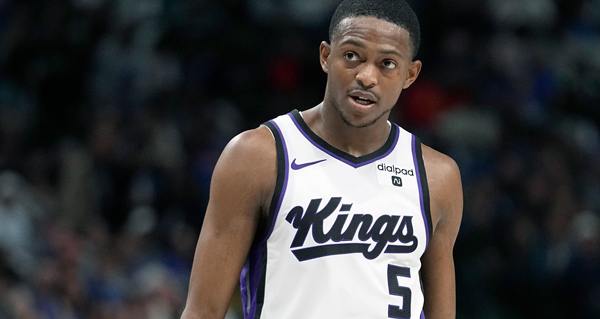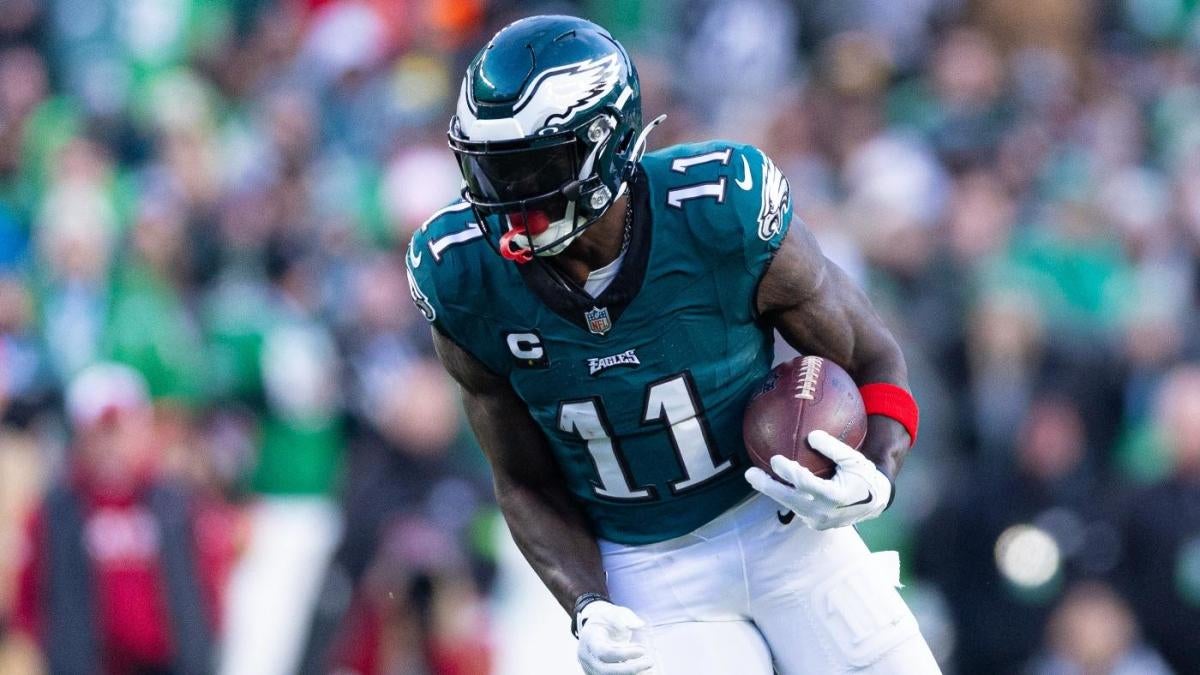
The National Football League’s dominance in sports worldwide is as undeniable as the sky is blue. The league had a record 82 games inside the top 100 most-watched telecasts in the United States in 2022, according to Sports Business Journal, and seven of the world’s 10 most valuable sports franchises, according to Sportico.
In both the world of television and the world of sports franchise valuations, the Dallas Cowboys are the king sitting atop both thrones. Seven of their games were represented in the top 20 most-watched telecasts in the United States last year, and they are the globe’s most valuable sports franchise at $9.2 billion. That figure is $2.16 billion more than the NFL’s second-most valuable franchise, their NFC East division rival New York Giants, whose value is $7.04 billlion. The Silver and Blue became only the second sports team ever, after FC Barcelona, to earn over $1 billion in revenue in a single season, bringing home $1.05 billion from the 2022 season. Dallas earned $272 million more in revenue last season than the next-closest team, the then-defending Super Bowl champion Los Angeles Rams.
The Cowboys became the world’s most valuable sports franchise in 2016, passing Real Madrid according to Forbes, and they haven’t looked back since. Here’s a look at how Dallas utilized a litany of factors from the built-in advantage of being labeled “America’s Team” to how owner Jerry Jones’ outside-of-the-box business decisions allowed the Cowboys to capitalize on revenue streams no other NFL team had done before.
‘America’s Team’
The Dallas Cowboys were the team of the 1970s, appearing in five Super Bowls and winning two just as about half to three-quarters of Americans had color television in their homes. Thanks to their on-field success and recognizable faces like head coach Tom Landry and his fedora plus quarterback Roger Staubach’s nicknames like “Captain Comeback:” and “Captain America,” they were one of the few teams routinely on national television. All of those factors led to the tipping point: the NFL itself labeling the Cowboys “America’s Team.” NFL Films produced season highlight videos for all of its teams in 1978, and they titled Dallas’ tape “America’s Team.” They also visually represented the nation’s diversity as they immediately rostered Black players upon the team’s inception in 1960, something that wasn’t entirely commonplace at that time.
This moniker only made the Cowboys more polarizing. That meant more fans and more haters. Both are good for business.
The Jerry Jones effect
Once the mid-1980s rolled around, Landry’s Cowboys began to lose their luster, going 17-30 from 1986-1988. In February 1989, a 46-year-old Jerry Jones purchased the Cowboys for $140 million — roughly $344.8 million today — from then-owner H.R. “Bum” Bright. One of his first significant business moves was being the first to go around the NFL’s league-wide revenue-sharing agreement when it came to marketing, licensing and sponsorships.
Years ago, the NFL ran all endorsement deals for its teams and distributed the profits equally among all of the teams through its “NFL Properties” arm. Jones went out on his own and signed huge deals with Pepsi-Cola, Nike, Dr. Pepper, and American Express, allowing the Cowboys to solely amass the profits of those contracts without having to divvy it up to the rest of the league. One ahead-of-its-time element of Dallas’ Nike deal was that Nike would pay the Cowboys coaches to wear its apparel on the sideline, according to the New York Times. That is now the standard across the NFL.
The NFL filed lawsuit against Jones and the Cowboys for doing so, and Jones clapped back with suit of his own in 1995. Come 1996, Jones and the league settled their suits, allowing the Cowboys to negotiate their own marketing and licensing contracts without splitting the profits with other teams.
Jones continues to rake in massive endorsements for the Cowboys today, securing a 10-year, $200 million extension with Molson Coors to be the Cowboys’ only beer provider at AT&T Stadium. The contract also provided a “Miller Lite House,” an event space spanning 87,000 square feet near the west end of the stadium plus the ability for Miller Lite to use the Cowboys name for advertising in Dallas-Fort Worth, one of the five biggest metropolitan areas in the United States.
Dallas also handles their own merchandising arm, Dallas Cowboys Merchandising Ltd., which designs, manufactures and distributes their gear to retail shops.
Jerry’s World
Jones moved the Cowboys into the NFL’s first billion-dollar venue (costing $1.3 billion) in 2009, AT&T Stadium — nicknamed Jerry World –, a stadium that can hold between 80,000 and 105,000 fans based on the event. The venue has hosted Super Bowl XLV, the 2014 Final Four, the 2015 College Football Playoff National Championship game, the Country Music Awards, WrestleMania, concerts — including Taylor Swift becoming the first artist to play three days in a row at the stadium in 2023, shattering the stadium’s attendance records — the Cotton Bowl game (held at AT&T instead of the Cotton Bowl stadium itself in Dallas), the Texas high school football state championships, monster truck rallies, boxing bouts, UFC fights, and more.
Prior to the start of the 2022 season, Sportico estimated the Cowboys’ locally generated revenue would hit $650 million. That figure accounts for non-NFL events at Jerry World and their merchandise sales. AT&T also pays them $17 million to $19 million a year for naming rights, per the Dallas Morning News. The stadium’s construction took four years because it included a $40 million jumbotron with dimensions of 160 feet wide and 72 feet tall. It’s so big punters have hit the jumbotron in games. It was also the world’s largest domed structure until 2013 when Singapore National Stadium stole that title away from the Cowboys, only adding to its notoriety. Even people who aren’t Cowboys fans will pay to take a tour of the stadium to this day.
Jones also launched a hospitality management corporation called Legends with then-New York Yankees owner George Steinbrenner in 2008 in order to own the concessions and merchandise sales at their stadiums. It’s now a full-stop marketing firm as well. Having a stake in the in-stadium commerce like food and apparel sales is another stream of revenue that acts as a money-printing machine for Jones’ Cowboys year-round.
The Star
The Star, the Cowboys 91-acre headquarters in Frisco, Texas, isn’t just the team’s practice facility. It houses a 300-room Omni hotel, the Cowboys Club — a private country club and restaurant — Cowboys Fit — a public gym anyone can buy a membership to with a view overlooking Dallas’ outdoor practice field, and a sports medicine facility/research center. The facility was built on a development owned by Blue Star Land, Jones’ real estate firm. The building itself was funded by both the city of Frisco’s tax dollars as well as money from Jones’ end. Frisco owns the building, but the Cowboys maintain and manage the property. Like AT&T Stadium, The Star also hosts high school football games. They use the Cowboys’ indoor football practice field, which is surrounded by 12,000 seats. It’s also full of corporate office space, mixed in throughout a 17-story, 350,000 square-foot-tower.
The Dallas Cowboys are a literal gold mine as a franchise with a top-shelf nickname bestowed upon itself by its own league while they have owned and operated almost every income stream in the NFL stadium supply chain in terms of game day commerce on top of maximizing their billion-dollar stadium almost 365 days a year. Mix all of that together while being located in Texas, the United State’s most football-crazed state where many people list the sport as their secondary religion, it’s easy to understand how Jerry Jones has transformed the Dallas Cowboys into the world’s most valuable sports team.
Go to Source
Author: Garrett Podell
August 9, 2023 | 3:35 pm
































